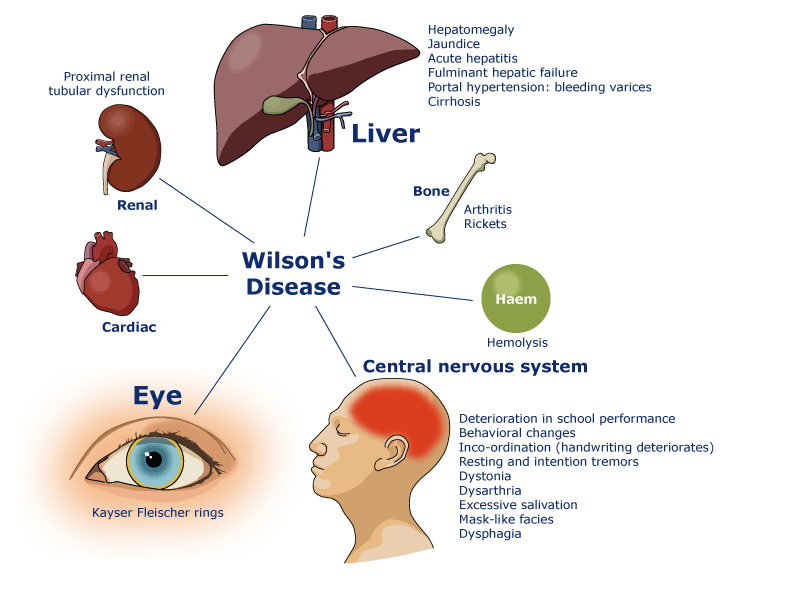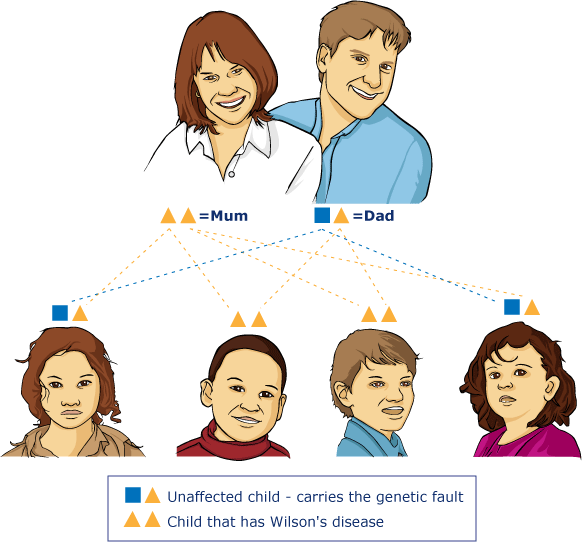What is a genetic Disorder?
A genetic disoder is when something goes wrong in the DNA or genes and a disease occurs in an individual that is inherited from a parent or parents genetically. This can affect the person on their inside, mentally, physically their actions, or behaviour, depending on what type of disorder they have. Genetic disorders occur hereditary. A genetic disorder can be inherited from past generations of ancestry. It is when a mutated gene is passed down and is inherited. A child only has a chance of getting this if the parents have the disorder or carry the mutated gene and it is pasted on to their child. When one parent has a recessive genetic disorder and it is passed down, the normal dominat gene that the other parent passed down would most likey take over and the child shouldn't have a problem, but will still carry the bad gene. However if it is a dominant disorder that a parent passes down, the child will most likely get the diesase because it is dominant and takes over.
What is Wilson Diesease?
The disease bears the name of the British physican Dr. Samuel Alexander Kinnier Wilson (1878-1937), a neurologist who described the condition.
Wilson's disease or hepatolenticular degeneration is a recessive genetic disorder. Wilson Disease is a rare genetic condition that affects around 1 in 30, 000 people. The diesease causes a person to store too much copper in their body and prevents the body from getting rid of extra copper. It's not good to have high levels of copper in the body. In Wilson diesease, copper builds up in the liver, brain, eyes, and other organs. Over time, the extra copper can lead to damage in the organs and may cause death.
People who get the diesease inherit two of the abnormal gene, one from each parent. The condition in an autosomal (any chromosome, but a sex chromosome) recessive pattern. This means both copies of the gene in each cell have mutations. The parents of a child with an autosomal recessive condition each carrya copy of the mutated gene, but they dont show signs of it. Carriers, who only have one copy of the bad gene, do not have symptoms. It equally affects men and women.
The first part of the body that the copper affects is usually the liver. Symptoms of the diesease in the liver include:
-when your eye turns yellow
-also when your skin yellows
-fatigue
-loss of appetite
-swelling in the abdomen
-easy bruising
When the copper hits the central nervous system, symptoms include:
-problems with speech, swallowing, or physical coordination
- tremors or uncontrolled movements
-muscle stiffness
-behavioral changes
-clumsiness
depression
-anxiety
Other signs of the diesease:
-anemia
-low platelet or white blood cell count
-slower blood clotting
-high levels of amino acids, proteins, uric acid, and carbohydrates in urine
-premature arthritis
The diesease typiacally first appear between the ages of 6 and 40, but primarily during the teen years.
Wilson diesease is diagnosed through physical exams and laboratory tests. The tests look at the liver for any diseases also the eye for yellow rings, which is found in most people with the diesease. Doctors measure the amount of copper in the blood and urine. There are various treatments available. Some treatments remove some of the copper from the body while others prevent absorbing more from the food taken in.
If the diesease is treated early and well, people with it can have good health. People with severe ciffhosis in the liver may requireed to get a liver transplant.
The first steps to treating Wilson diesease involve:
-removing extra copper from the body
-decreasing intake of copper-rich foods
-treating liver of central nervous system damge
Doctors currently use 2 drugs to treat the diesease. They are D-penicillamin (Cuprimine) and trientine (Syprine). The drugs help to remove copper from the organs and release it into the bloodstream. Once it is in the bloodstream, it is filtered by the kidneys and out in urine. but the drugs sometimes can cause severe side effects such as fever, rash and effects on the kidneys and bone marrow. A pregnant women taking these drugs may risk having her baby have birth defects.
What is gene therapy?
Gene therapy is transfering normal genes into cell to replace defective or missing ones to help cure genetic disorders. you do this by using a virus to carry the genetic cargo into cells. The doctor may inject the virus carrying the gene directly into the part of the body with the defective cells.
Gene therapy may become more efficient than standard medical treatment for wilson diesease in the future. it has been used on rats. there is still a long way to go until gene therapy can be used for safe treatment on humans with wilson diesease.

This is a symptom of wilson diesease, when your eyes turn a sort of yellow colour

This is a diagram of some symptoms that may occur when you have wilson disease.

This is an example of how the disorder is inherited
http://www.news-medical.net/health/Wilsons-Disease.aspx
http://www.ncbi.nlm.nih.gov/pubmed/17584039
http://ghr.nlm.nih.gov/handbook/therapy/procedures
http://www.wilsonsdisease.org/about-wilsondisease.php
http://ghr.nlm.nih.gov/condition/wilson-disease
http://digestive.niddk.nih.gov/ddiseases/pubs/wilson/
http://www.genome.gov/27532725
http://science.jrank.org/pages/2975/Genetic-Disorders-Recessive-genetic-disorders.html
http://www.nlm.nih.gov/medlineplus/geneticdisorders.html
http://learn.genetics.utah.edu/content/disorders/whataregd/
http://www.news-medical.net/health/What-are-Genetic-Disorders.aspx
http://www.eurowilson.org/rc/org/eurowilson/htm/Article/2009/htm-20090520-075732-571/src/htm_fullText/en/graph_symptomes_ENG.gif
http://bjo.bmj.com/content/86/1/114.1/F1.large.jpg
http://www.eurowilson.org/rc/org/eurowilson/htm/Article/2009/htm-20090520-095559-995/src/htm_fullText/en/shema07_ENG.gif
http://www.scientificamerican.com/article.cfm?id=experts-gene-therapy
Comments (0)
You don't have permission to comment on this page.